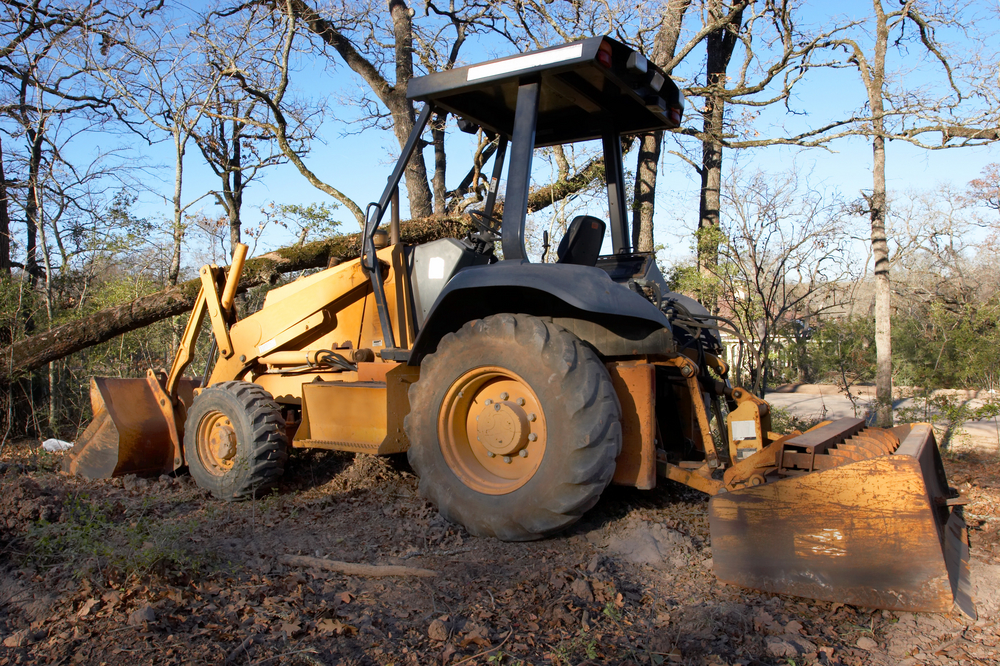
When it comes to construction and demolition projects, understanding the various processes involved is crucial for efficiency and success. Two key aspects often discussed are grading and hauling. While these terms might seem similar at first glance, they involve different processes and purposes. This article will delve into the distinctions between grading and hauling, providing a comprehensive overview of each process and highlighting best practices to ensure optimal results.
Understanding Grading
Grading is a fundamental aspect of land preparation and site development. It involves the process of leveling or sloping the ground to create a suitable surface for construction or landscaping. Here’s a closer look at what grading entails:
What is Grading?
Grading refers to the manipulation of earth to achieve a specific contour or slope. This process is essential for ensuring proper drainage, stability, and aesthetic appeal in various construction projects. The goal of grading is to create a level or appropriately sloped surface that meets the requirements of the project.
Types of Grading
There are several types of grading, each serving a distinct purpose:
- Rough Grading: This initial phase involves removing large quantities of soil to approximate the desired elevation and slope. It sets the groundwork for more precise grading.
- Fine Grading: This phase follows rough grading and involves precise adjustments to achieve the final surface contours. Fine grading ensures that the surface is smooth and meets specific design specifications.
- Topsoil Grading: In landscaping projects, topsoil grading focuses on creating a suitable topsoil layer for planting. It ensures that the soil is evenly distributed and supports healthy plant growth.
Best Practices for Dirt Grading
To achieve optimal results in grading, adhere to these best practices:
- Site Assessment: Before beginning, conduct a thorough assessment of the site to understand soil conditions, drainage patterns, and any potential obstacles.
- Use Proper Equipment: Utilize appropriate grading equipment, such as bulldozers, graders, and excavators, to ensure efficiency and accuracy.
- Follow Design Specifications: Ensure that grading is done according to architectural and engineering plans to meet project requirements.
- Monitor Drainage: Proper grading is crucial for effective water drainage. Ensure that the grading allows water to flow away from structures to prevent erosion and water damage.
Understanding Hauling
Hauling involves the transportation of materials from one location to another. This process is crucial in both construction and demolition projects, where large quantities of materials need to be moved efficiently. Here’s an overview of hauling:
What is Hauling?
Hauling is the process of moving materials, such as soil, debris, construction materials, or equipment, using specialized vehicles. This process is essential for managing and transporting materials throughout a project site or to and from external locations.
Types of Hauling
Hauling can be categorized based on the type of materials being transported:
- Bulk Hauling: This involves the transportation of large quantities of loose materials, such as gravel, sand, or soil. Bulk hauling is often done using dump trucks or bulk carriers.
- Debris Hauling: In demolition projects, debris hauling involves the removal and transport of construction and demolition debris. This is typically done using dump trucks or roll-off containers.
- Equipment Hauling: This involves transporting heavy machinery and construction equipment to and from the job site. Specialized trailers and flatbeds are used for this purpose.
Best Practices for Hauling
To ensure efficient and safe hauling, follow these best practices:
- Plan Routes: Before hauling, plan the routes to avoid obstacles, road closures, and other potential issues. This helps in reducing delays and ensuring timely delivery.
- Use Proper Vehicles: Choose the right type of vehicle for the material being hauled. For example, use dump trucks for bulk materials and roll-off containers for debris.
- Load Securely: Ensure that materials are loaded securely to prevent spills or accidents during transportation. Proper loading also helps in balancing the vehicle for safe driving.
- Comply with Regulations: Adhere to local regulations regarding hauling, including weight limits, load securing, and transport permits.
Comparing Grading and Hauling
While grading and hauling are distinct processes, they often work in tandem on construction and demolition projects. Here’s a comparison of the two:
Purpose
- Grading: The primary purpose of grading is to prepare the land by shaping and leveling the surface. It is crucial for creating a stable foundation for construction and ensuring proper drainage.
- Hauling: The main purpose of hauling is to transport materials to and from the project site. It involves moving soil, debris, construction materials, and equipment as needed.
Process
- Grading: Involves the use of heavy machinery to manipulate the earth and achieve desired surface contours. It is a labor-intensive process requiring precision and expertise.
- Hauling: Involves the use of trucks and other vehicles to transport materials. The focus is on logistics, load security, and route planning.
Equipment Used
- Grading: Common equipment includes bulldozers, graders, excavators, and skid steers.
- Hauling: Common equipment includes dump trucks, roll-off containers, flatbeds, and specialized trailers.
Impact on Projects
- Grading: Proper grading is essential for site preparation, ensuring stability, and meeting design specifications. It affects the overall quality of the construction or landscaping.
- Hauling: Efficient hauling ensures that materials are delivered and removed in a timely manner, impacting project schedules and workflow.
Conclusion
Grading and hauling are distinct but interconnected processes in construction and demolition projects. Grading focuses on shaping and preparing the land, while hauling involves the transportation of materials. Understanding the differences between these processes and adhering to best practices for each can greatly enhance the efficiency and success of your projects.
Need Concrete Contractors in Sanford, NC?
We are the area’s best concrete company. We specialize in concrete finishing of all types of concrete for residential and commercial customers. Our services include pavement, driveways, footings, sidewalks, decorative concrete, hauling, demolition, and property grading. We’re fully insured. Contact us today for quality workmanship and service.

